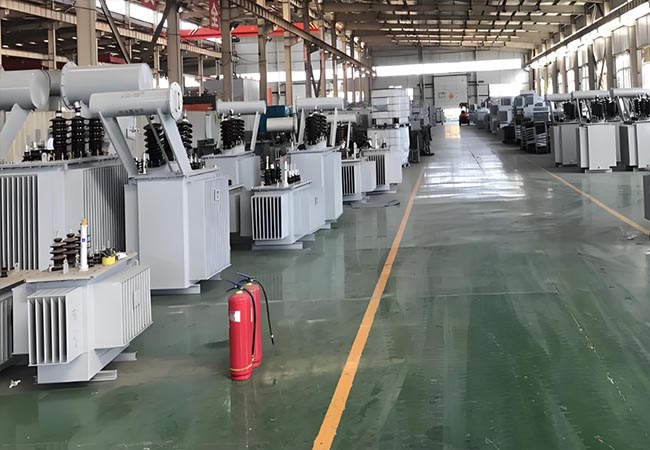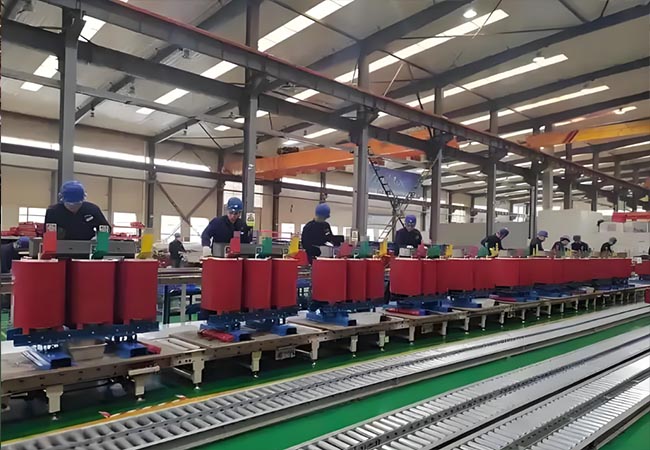Distribution Transformer Price: Key Factors and Market Trends
04-07 2025 | By:
Distribution Transformer Price: Key Factors and Market Trends
1. Introduction
Distribution transformers are critical components in power systems, stepping down voltage for safe electricity distribution to end-users. Their pricing varies significantly based on technical specifications, materials, and market dynamics. This article explores the factors influencing costs and current trends in the global market.

2. Key Price Determinants
a) Power Capacity and Voltage Rating
Prices correlate with transformer capacity (kVA) and voltage levels. For example, a 315 kVA, 11 kV three-phase transformer may cost between
5,000and15,000, while larger units (e.g., 2,500 kVA) can exceed $50,000.
b) Material Costs
Copper vs. Aluminum Windings: Copper-wound transformers are 20–30% more expensive but offer better efficiency and durability .
Insulation Type: Oil-immersed transformers dominate the market due to lower costs, while dry-type variants (fire-resistant) command a premium .
c) Design and Customization
Custom designs for harsh environments (e.g., extreme temperatures) or specialized applications (e.g., renewable energy integration) increase costs by 15–40% .
3. Regional Price Variations
Asia-Pacific: Competitive pricing (3,000–20,000) due to high production in China and India.
North America/Europe: Higher prices (8,000–50,000) driven by stringent regulations (e.g., IEEE C57.12.00 standards) and labor costs .

4. Market Trends
Renewable Energy Demand: Solar/wind projects require transformers with bidirectional power flow capabilities, raising average prices by 10–15% .
Smart Grids: Integration of IoT-enabled monitoring systems adds
1,000–3,000 per unit but enhances long-term cost savings .
You may also find these interesting:


